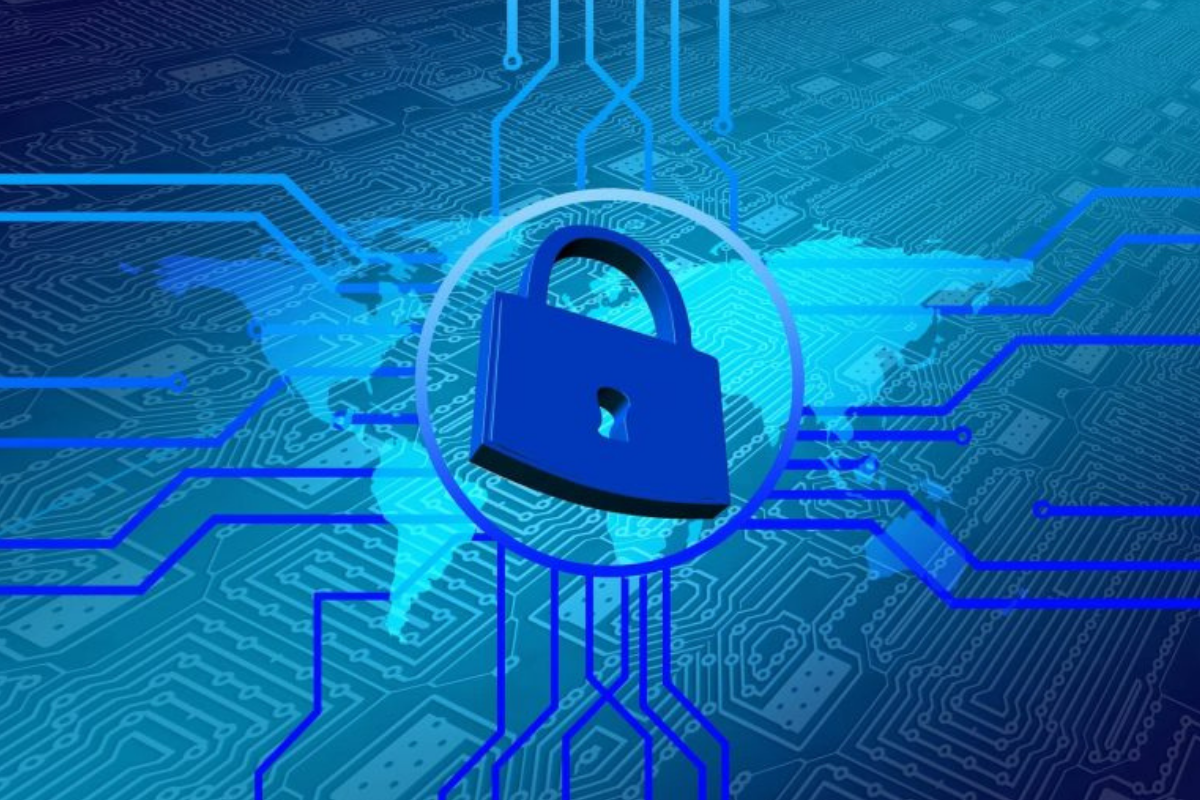
The number of data breach attempts, cyber-attacks and other such activities nowadays continue to mount at an alarming rate. It’s obvious that hackers are out there and always looking to gain illegal access to an organisation’s network. Managed security professionals are faced with unending challenges for the protection of networks and safety of company critical data.
Just keeping up with increasing number and the many different type of attacks is one thing but there’re emerging trends and technologies that come along with both benefits and new challenges. Although it’s quite optimistic for IT industry to move ahead, security professionals face more advanced hackers launching their attacks using these disruptive technologies.
Let’s review these trends and shed light on how managed security or cyber security services and tactics can help to overcome them.
Signature-based threat detection refers to the tools and technologies like Intrusion Detection Systems (IDS) and antiviruses. These software or programmers are capable to detect, capture/quarantine or completely remove a virus from its roots using known signatures.
The last few years however have seen such malware-authorizing techniques that are either unable to identify threat signatures or simply couldn’t keep up with advanced attacks.
Relying solely on signature-based threat detection system only put security teams in the dark; compromising their ability to mount a defensive strategy.
When two devices in a network establish end-to-end encrypted connection, the data flow between both is invisible to everyone and everything thereby rendering cyber-attacks useless. This is more effective prevention against man-in-the-middle attacks where illegal access to data communication is obtained by attackers without raising any alert.
Deep Packet Inspection (DPI) approach is deployed to examine every single data packet as they move to and fro between the networks. The technology searches for possibility of viruses, malware, intrusions and other such con activities that go a step beyond end-to-end encryption approach. Still, many organisations have yet to adopt DPI and continue to operate with the traditional approach.
Garter predicted that by 2020, there’d be more than 30 billion connected devices which further span the effect of relevant concept; Bring-Your-Own-Device (BYOD). With this, a growing number of employees connect with corporate network through their personal devices which raise many new security concerns. For instance, managed security teams can’t;
With significant rise in digital technology and connected devices, the information overload makes efficient and effective flow quite a challenge. Enterprise-level security is substantially disrupted and the known security tools and technologies that were indeed effective in the past are now nearly useless, asking for new and better solutions.
Endpoint modelling is one answer to counter all these challenges. It’s a security technology that can automatically discover each device on a network, create a model of its behaviour and continuously track for any possible deviations. Even if there’s an exception, the endpoint modelling solutions generates real-time alert prompting security analysts in taking timely and most appropriate actions per the issue. It can tell human operators if;
As IT and managed security professionals seek advance alternatives for detection and prevention of cyber-attacks, they should consider significant technology trends and understand growing impact on network security. Doing this would make it clear as to how endpoint modelling provides an advantage in addressing the concerns and their efforts to improve security efforts.